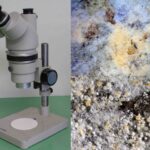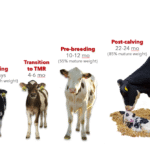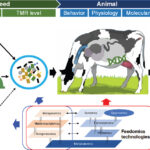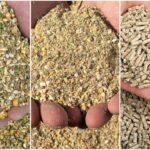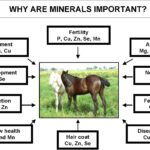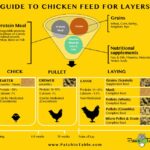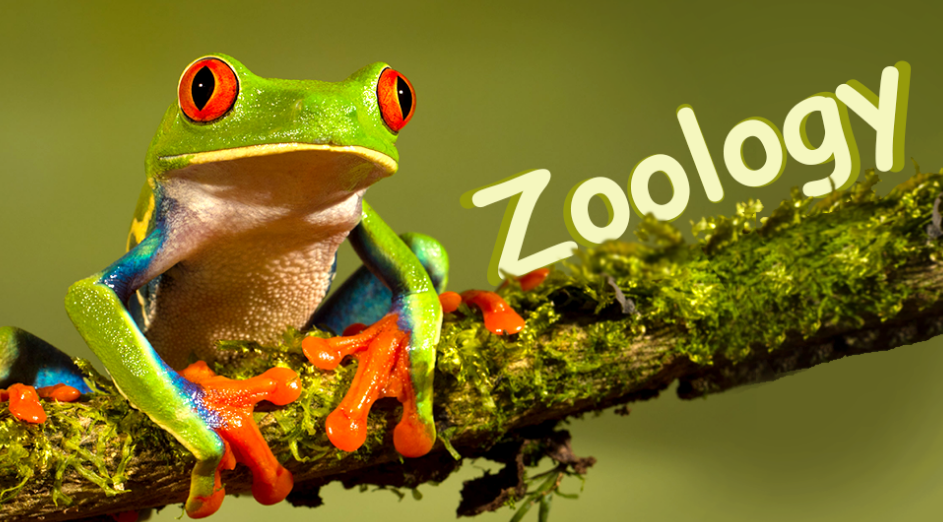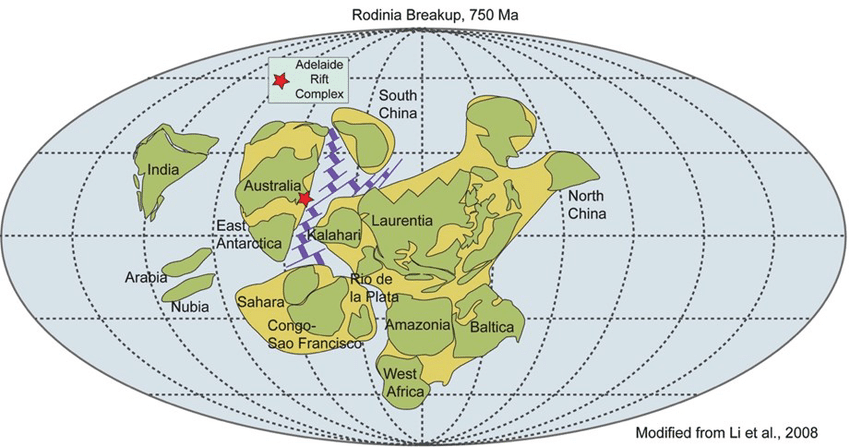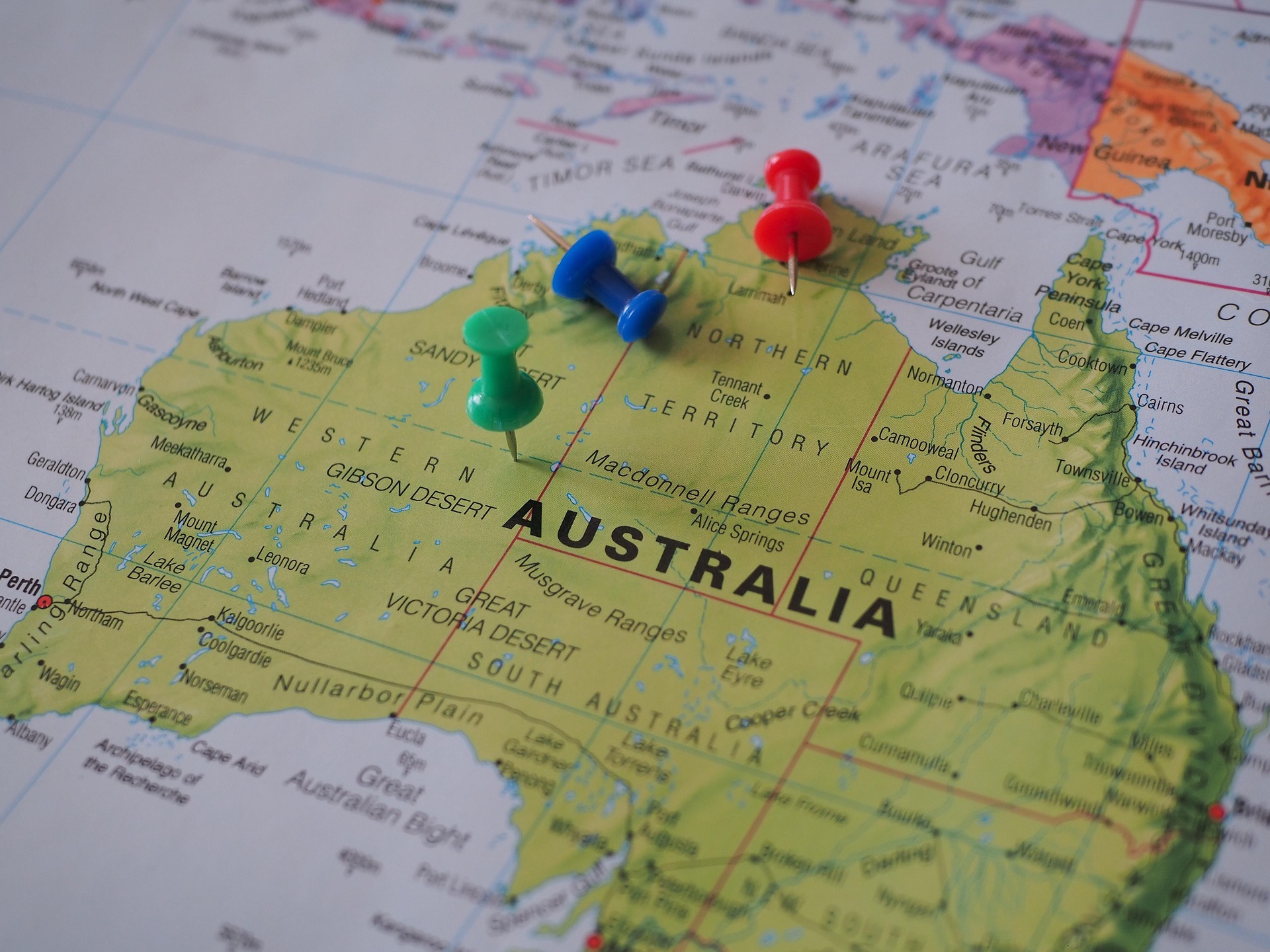Fishes, like many other animals, go through a fascinating life cycle that ensures the continuation of their species. The life cycle of fishes involves various stages, from reproduction and development to movement, migration, and colonization. Here are the fundamental links in the life cycle of fishes, including their reproduction and development, population dynamics, movement, migration, spawning, feeding, and over-wintering migrations:
Thank you for reading. Don't forget to subscribe & share!
- Reproduction:
Spawning: Reproduction in fishes typically involves spawning, where females release eggs and males release sperm into the water. Spawning may occur in freshwater rivers, lakes, estuaries, or marine environments, depending on the species.
External Fertilization: External fertilization occurs when eggs are fertilized outside the female’s body, usually in the water column. Some species exhibit internal fertilization, where males deposit sperm directly into the female’s reproductive tract.
Internal Fertilization: In some fish species, the male fertilizes the eggs internally using a specialized organ. The female then lays the fertilized eggs or carries them within her body until they hatch.
- Factors Affecting Reproduction: Several factors can influence fish reproduction, including:
Water Quality: Poor water quality can harm eggs and developing fish.
Temperature: Water temperature plays a crucial role in spawning behavior and egg development.
Photoperiod (Daylight Hours): Changes in daylight hours can trigger spawning in some fish species.
Food Availability: Sufficient food is necessary for fish to produce healthy eggs and sperm.
2. Development:
Egg Stage/ Embryonic Development: After fertilization, eggs develop into embryos, undergoing various stages of development before hatching. During this stage, the embryo relies on the yolk sac for nourishment. Embryonic development may occur externally or internally, depending on the species. The development time varies depending on the species and water temperature.
Larval Stage: Upon hatching, fish larvae emerge and undergo a pelagic phase, where they drift with ocean currents or move within freshwater environments. Larvae undergo significant morphological and physiological changes as they develop into juveniles.
Fry Stage: As the larvae grow and develop, they transition into the fry stage. Fry resemble adult fish in shape but are still relatively small and immature. They begin to feed on external food sources like plankton or small invertebrates.
Juvenile Stage: The juvenile stage is a period of rapid growth and development. Juveniles gradually take on the physical characteristics and behaviors of adult fish.
Adult Stage: When fish reach sexual maturity, they become adults and are capable of reproducing. The age at which fish reach sexual maturity varies depending on the species.
Some Additional Points:
Parental Care: While many fish species exhibit minimal parental care after spawning, some fish guard their eggs, clean them, or even carry them in their mouths until they hatch.
Metamorphosis: Some fish species, like salmon, undergo a dramatic metamorphosis during their development. They hatch in freshwater, migrate to the ocean as juveniles, and then return to freshwater as adults to spawn.
Understanding these fundamental links is important for:
Fisheries Management: Knowing spawning seasons and habitat requirements for reproduction is crucial for managing fish populations sustainably.
Aquaculture: Creating optimal conditions for fish reproduction and development is essential for successful fish farming.
Conservation: Protecting fish habitats and ensuring healthy populations require an understanding of their reproductive biology.


